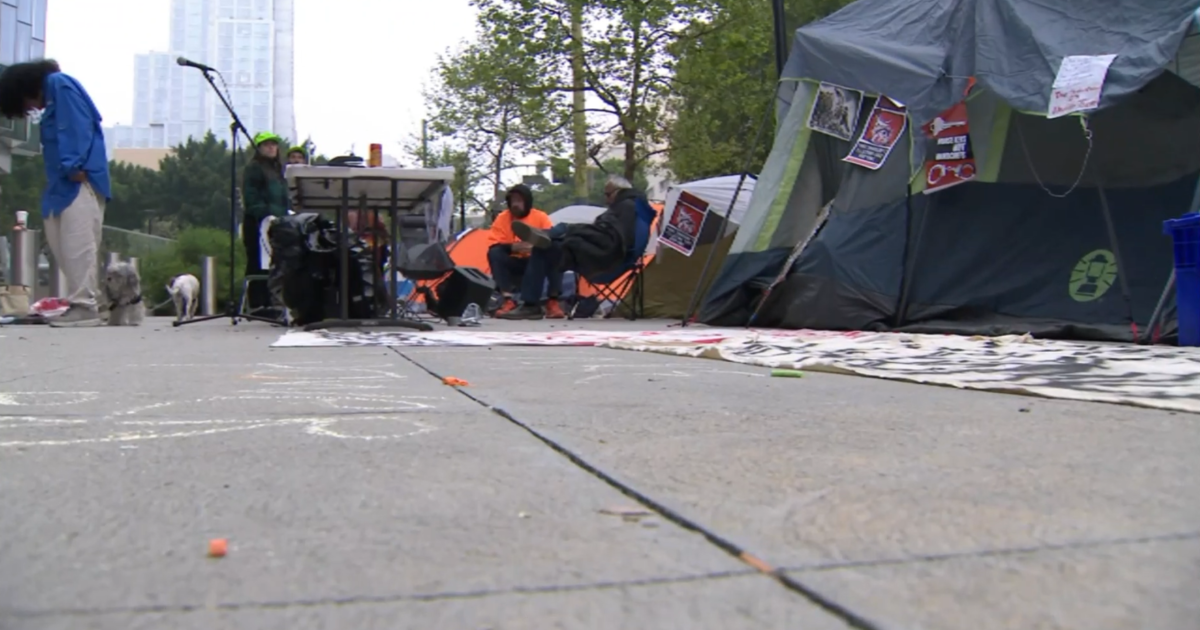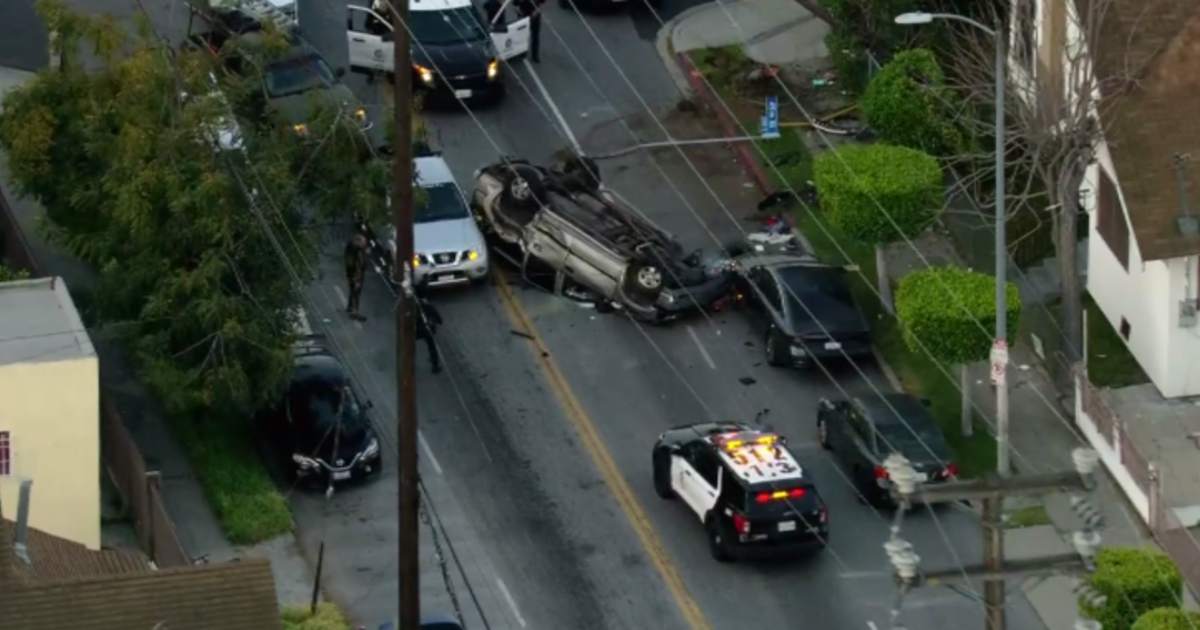Underground Monitoring Center Keeps LA's Traffic Lights On Track
LOS ANGELES (CBS) — How often do you find yourself sitting in traffic, waiting for the light to change? You may not know it, but there is a hidden room where a small number of people control your destiny on the road in the underground world of L.A. traffic signals.
The City of Los Angeles alone covers 485 square miles. Within that, there are almost 4,400 traffic signals and keeping an eye on all of them is a monitoring center four stories below City Hall.
It is the Automated Traffic Surveillance and Control (ATSAC) system.
"The system is completely automated," City Engineer Ed Yu explained.
ATSAC was first introduced when the 1984 Olympics came to Los Angeles.
"We couldn't widen streets, we couldn't do big, major construction projects, so we developed a system to make the intersections more efficient and move traffic more efficiently," Yu said.
The system has evolved over the last 27 years, but for many drivers, waiting for a signal to change, can feel like an old-fashioned eternity.
Traffic engineers said the minimum wait time at a traffic signal can be as short as 30 seconds, but the longest wait is up to 3 minutes. But they said that is rare.
"Our philosophy is that we try to cycle cars as quickly as possible, so that we move traffic more efficiently. So the wait time can cause more problems, cars would just stack up," Yu said.
He said your wait time at a traffic signal can vary from day to day.
But how does it all work? You may have noticed circles in the street near intersections -- they are a key component.
"These loops count cars they can help us determine what the speed is and they'll determine the occupancy rate," Yu explained.
That information is sent back to ATSAC headquarters where computers make adjustments.
Major trouble spots then pop up on a special board. Twenty operators working seven days a week then use that information and real-time video from more than 400 cameras around the city to override the system and make manual changes.
This system especially comes in handy during special events like the Oscars, presidential visits and last year's weekend shutdown of the 405.
"By 2013 we hope to have everything under our control," Yu said.
ATSAC also controls traffic signals for the above ground Metro Blue and Gold Lines.
Certain city buses have detectors on them letting ATSAC know their location at all times.
"Our system will track the bus, so if it knows that it's behind at a signal, it will have the signal stay green longer so the bus can get through to back on track," Yu said.
It may not feel like it when you are sitting in traffic, but engineers are always working on making your commute more efficient, even when it does not feel so.



